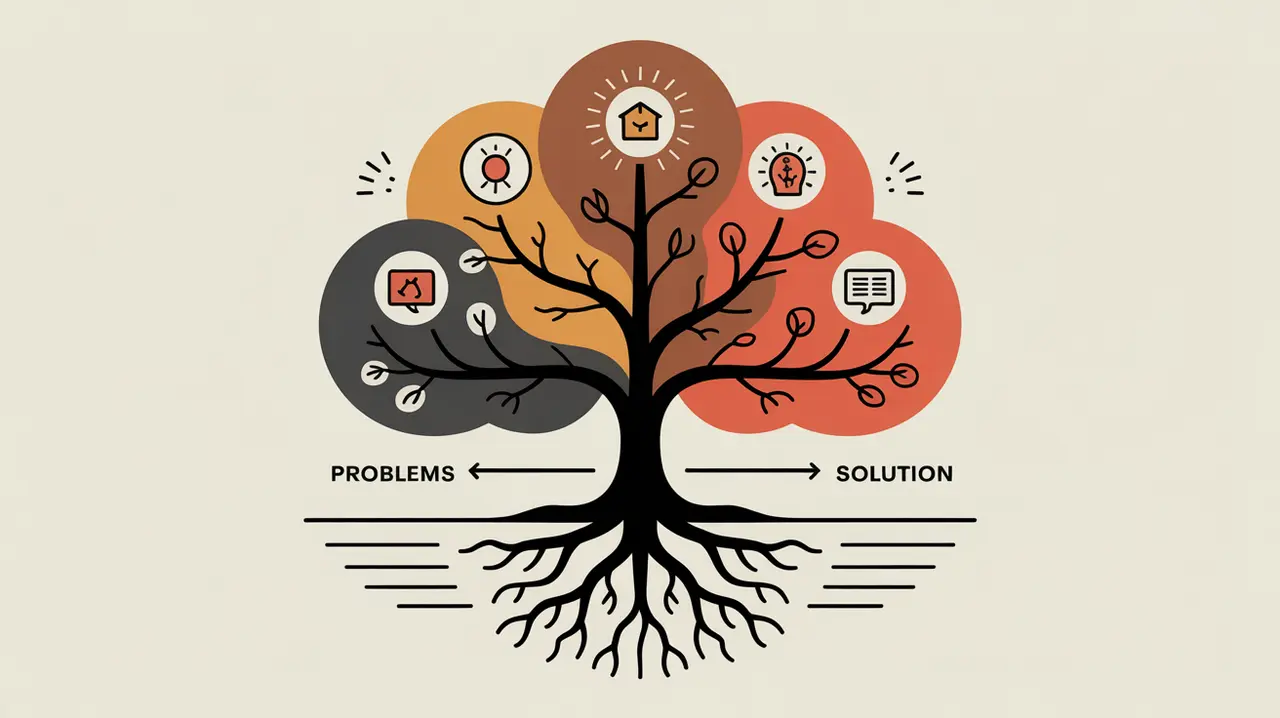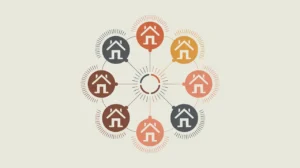Importance of Problem Tree / Solution Tree Mapping
Problem tree and solution tree mapping are practical tools for breaking down complex challenges into causes and consequences, then reversing the analysis to identify potential pathways for change. They matter because social and development problems are often tangled and overwhelming; visualizing them as structured trees makes it easier to diagnose root causes and design solutions that address issues at their source. This approach helps align stakeholders around a shared understanding of the problem and a roadmap for action.
Definition and Features
Problem tree mapping is the process of diagramming a central problem, its root causes, and its effects. Solution tree mapping flips the analysis, framing potential interventions and positive outcomes. Their defining features include:
- Central Focus – starts with a clearly defined core problem (or solution).
- Root and Branch Logic – causes are mapped as roots, consequences as branches, creating a visual hierarchy.
- Causal Clarity – illustrates how factors interrelate in sustaining or resolving an issue.
- Action Orientation – shifts from diagnosis (problem tree) to design (solution tree).
- Accessibility – uses simple visuals that are easy to understand and communicate.
How this Works in Practice
In practice, a problem tree might map “low school attendance” at the center, with causes such as poverty, poor infrastructure, and lack of parental engagement feeding into it, and effects like reduced literacy and limited employment opportunities branching out. A solution tree built from this might include interventions like scholarships, school feeding programs, and teacher training, with expected outcomes of improved attendance, higher literacy, and stronger economic participation. Workshops are often used to co-create these trees with communities and stakeholders. Challenges include oversimplification of complex systems and the risk of designing linear solutions to multidimensional problems.
Implications for Social Innovation
Problem and solution tree mapping enrich social innovation by linking analysis to action in a way that is both structured and collaborative. For practitioners, the process clarifies priorities and highlights where interventions will have the greatest effect. For funders and policymakers, it creates a transparent logic model that connects investments to outcomes. At its most meaningful, tree mapping can become a participatory exercise in envisioning change and turning shared problems into collective solutions.







